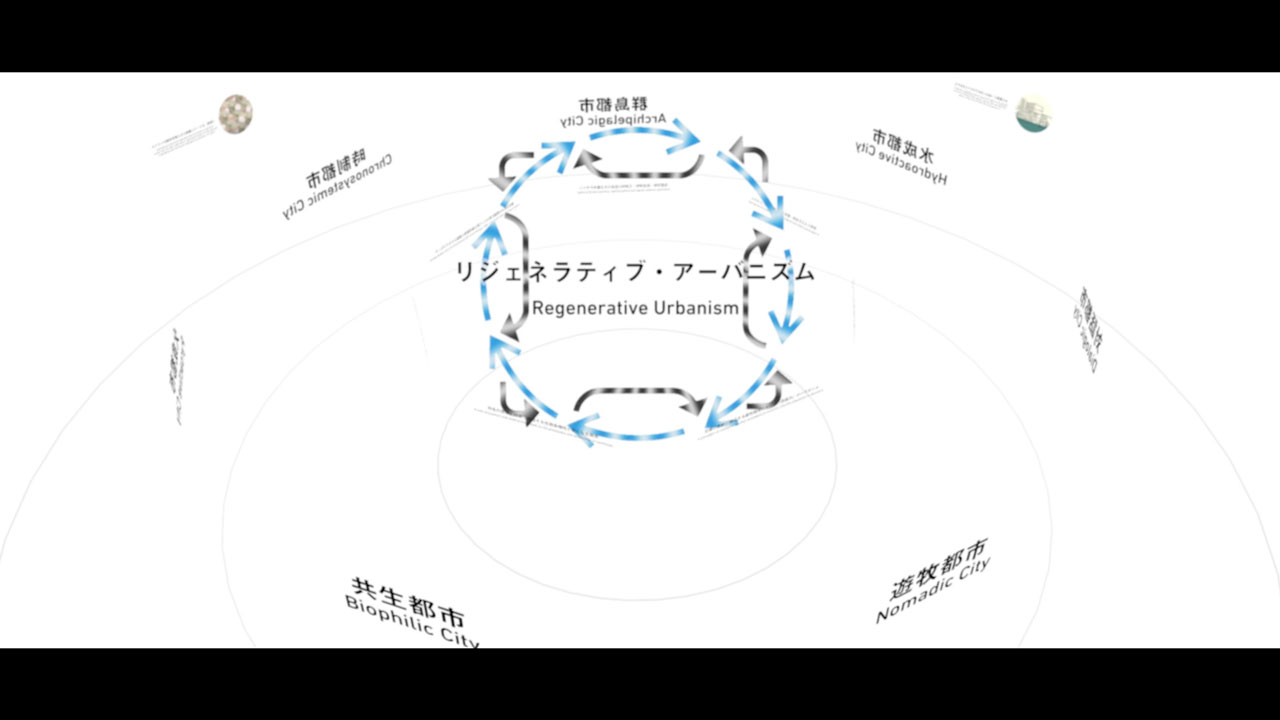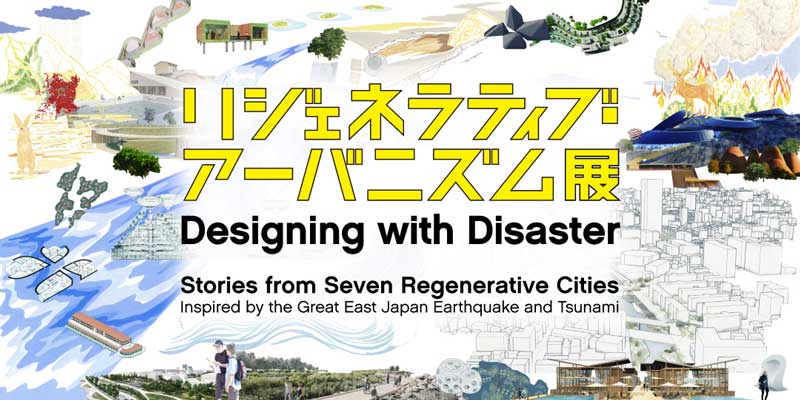
Regenerative Urbanism
Regenerative Urbanism is proposed as an aspirational term that encourages the reframing of conventional urban design and planning techniques through contemporary models that are more dynamic, more elastic, and more faceted than conventional static plan-based approaches. A catalyst for a holistic, evolutionary approach to metropolitan development - in this instance one focused on risk management and resilience in the face of natural disasters - it underlines an approach that synchronizes and synthesizes information flows through simulation and forecasting of multiplex forces within an ever-developing intelligence network. With this picture of process-oriented architectural approaches, the focus becomes on interconnectedness and co-dependence between the natural and the man-made environments and finding the way to integrate them together into a more complex system of dynamic flow.
Regenerative Urbanism & Seven Regenerative Cities
Learn the concept of Regenerative Urbanism - an optimistic approach to urban design that emphasizes a symbiotic relationship between humans and their natural environment. The video gives a brief preview of the seven Regenerative City proposals presented in the wells of the exhibition by the design teams affiliated with universities involved in the ARCDR3 Project: the Dialogic, Hydroactive, Archipelagic, Chronosystemic, Pyroactive, Biophilic and Nomadic cities.

*To watch the video in full screen, please click play and then the YouTube icon on the lower right-hand corner.
Main Exhibition Page


